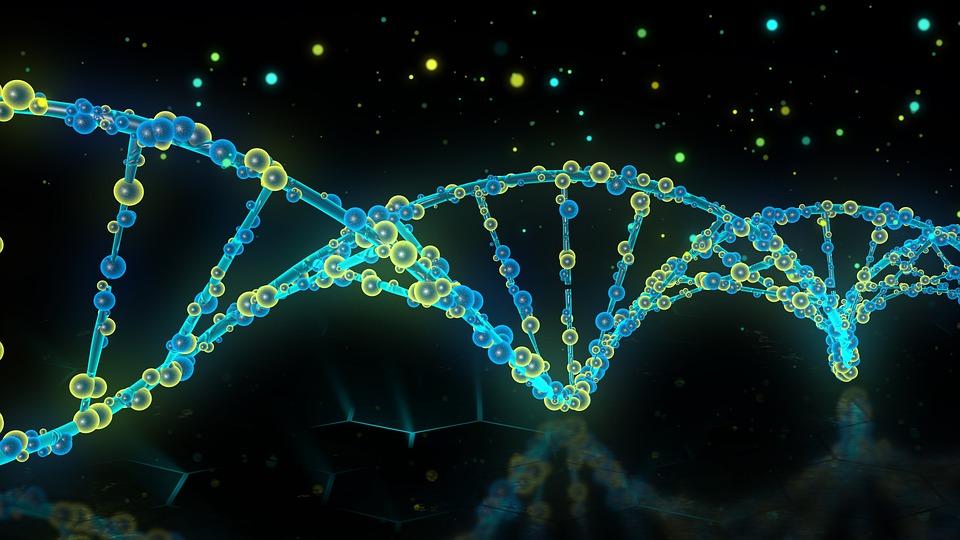
Cracking the Code: DNA Detectives Unravel Life's Family Tree
by Michael Angelo De La Cruz
In this engaging lesson, students will delve into the fascinating world of phylogenetics, using the DNA sequences and genetic information of their selected organisms to construct an automated phylogenetic tree. Through this hands-on activity, they will discover that evolutionary relationships are not solely determined by physical characteristics but are deeply rooted in the intricate patterns of genetic code. By analyzing the DNA sequences, students will unravel the hidden stories encoded within the genomes, revealing the intricate web of shared ancestry and divergence among different species. They will gain a profound understanding of how even the slightest variations in genetic information can shape the evolutionary trajectories of organisms, leading to the vast diversity we observe in the natural world.
Lesson Plan Link/URL
https://docs.google.com/presentation/d/1TX3kwz0wQtLjbn62wAhDUsiDSqo15MVM/edit?u…Subject Area
Science Life Science L4: Evolution Technology 1. Empowered Learner 2. Digital Citizen English Language Arts (ELA) Speaking & Listening
Featured
Off
Related Content

Grades:
7th Grade, 8th Grade, 9th Grade, 10th Grade, 11th Grade, 12th Grade
This lesson is designed to help students learn how to critically evaluate sources of information, a crucial skill for conducting independent STEM projects. The lesson uses the Baloney Detection Kit

Grades:
2nd Grade, 3rd Grade
Students will research a biome around the world, including 3 animals, 3 plants, and 3 nonliving parts of the ecosystem. Students will construct a diorama of the biome and illustrate a natural disaster

Grades:
10th Grade, 11th Grade, 12th Grade
This lesson has students create a unique graphical visual of the components of blood within a vial. These components of blood are then researched and used as a control for accomplishing two